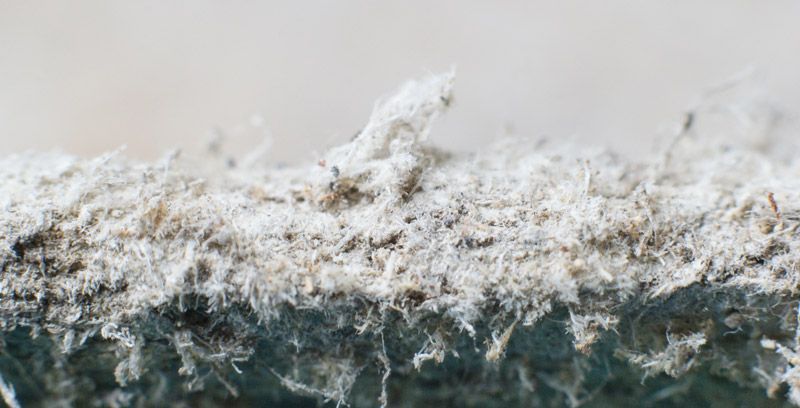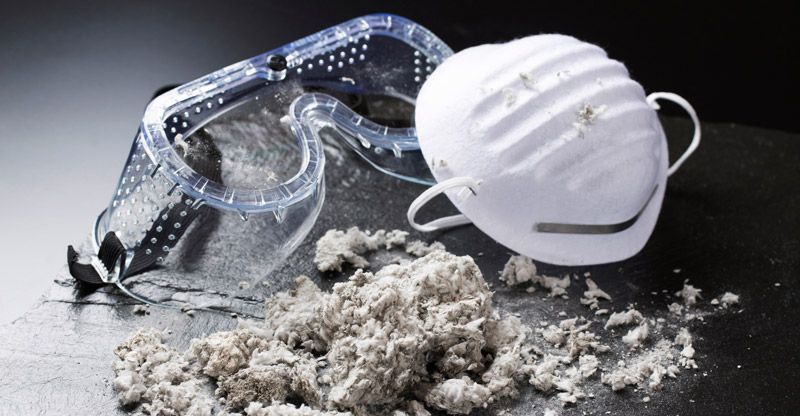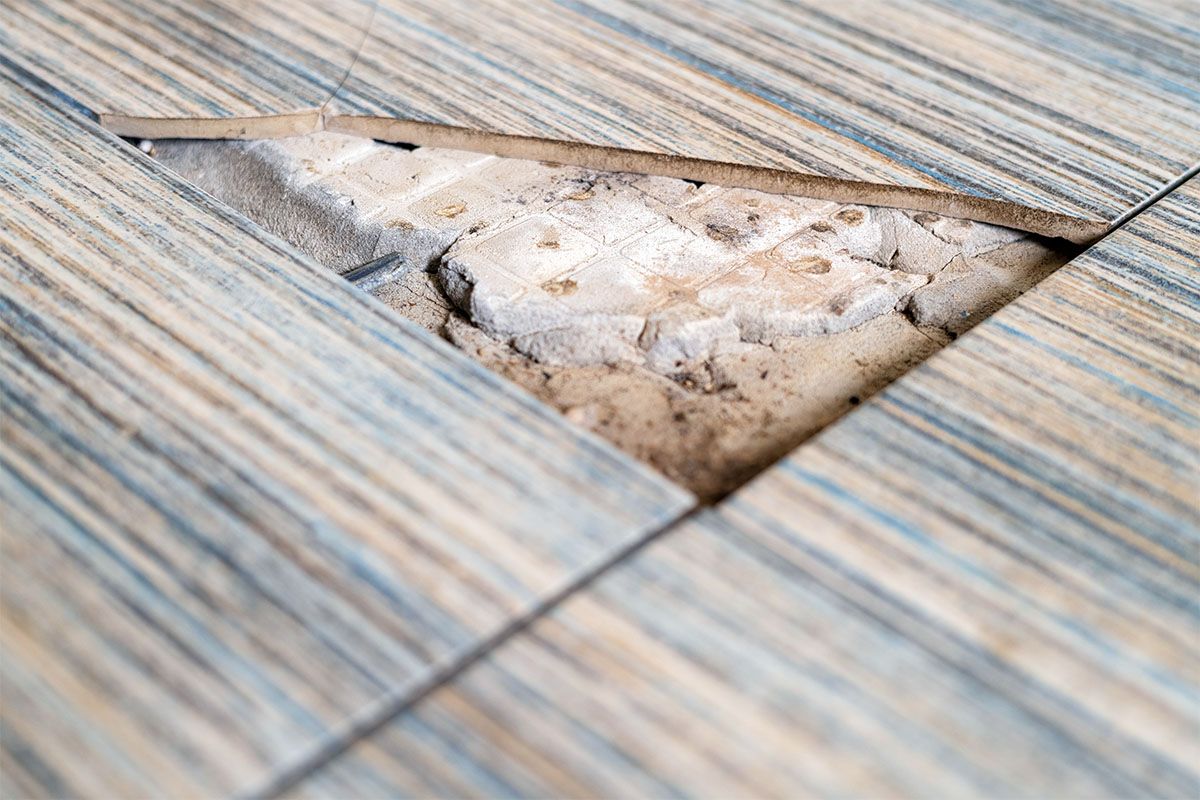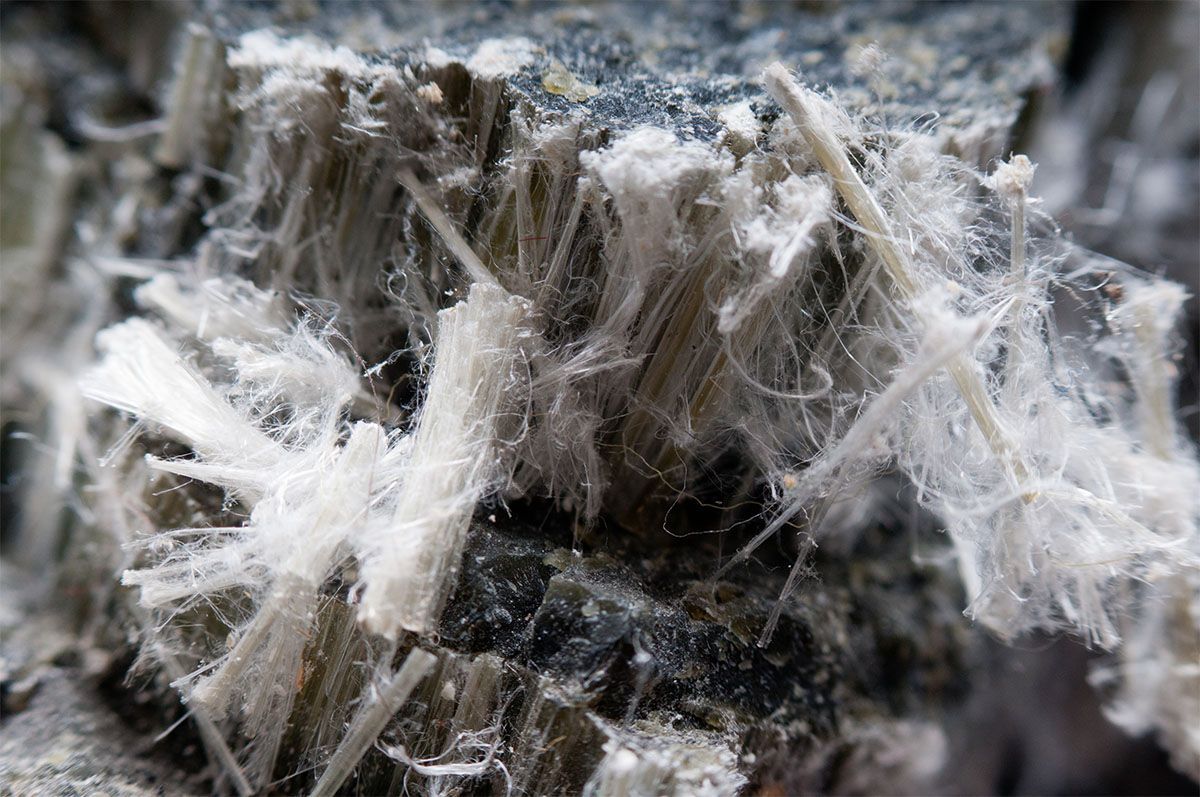Busting Common Asbestos Myths (Everything You Need to Know About Asbestos)
Busting Common Asbestos Myths (Everything You Need to Know About Asbestos)

Despite its ban in many countries and strict regulations surrounding its use, asbestos continues to pose a significant risk to individuals and communities across the UK. But when so much misinformation is spread regarding its risks, how much of what you know is hysteria and how much is cold hard fact?
At
Cordtape Environmental, we aim to shed light on this pervasive material, explore its various forms and applications, and most importantly, raise awareness about the severe health implications associated with its exposure. Whether you're a homeowner, a construction professional, or simply a concerned citizen, this guide will equip you with the essential knowledge needed to understand asbestos and its potential dangers.
What is asbestos?
Asbestos is a naturally occurring mineral with a fibrous texture that has been used widely within construction and adjoining industries for decades. Many machinery parts have been manufactured from asbestos, as well as home insulation and anti-corrosion coatings.
The material was so popular due to its affordable, durable and fire resistant properties.
There are six main types of asbestos:
- Actinolite (amphibole): Actinolite was used in cement, insulation, paint, drywall and sealants.
- Amosite (amphibole): Amosite is the second most common type of asbestos and is found in insulation and tiles.
- Anthophyllite (amphibole): This type of asbestos has been used in cement and some insulation materials but is not used in consumer products.
- Chrysotile (serpentine): Chrysolite is known as white asbestos and was the most commonly used in construction. This is often found in fireproofing products as well as the majority of insulation materials.
- Crocidolite (amphibole): Crocidolite is referred to as blue asbestos and is less fireproof than other types.
- Tremolite (amphibole): Like other types of asbestos, Tremolite has been used in paint and sealants, but also plumbing materials.
Friable vs non-friable asbestos
Asbestos materials can be either friable or non-friable. Friable means the asbestos can be crumbled into a fine powder whereas non-friable means it cannot.
Because friable asbestos can become airborne as fibres, it is considered more of a health risk than non-friable asbestos.
Examples of friable and non-friable asbestos include:
| Friable Asbestos | Non-Friable Asbestos |
|---|---|
| Drywall | Floor tiles |
| Popcorn ceilings | Cement sheets |
| Spray-on fireproofing/insulation | Roofing felt |
| Thermal insulation | Window glazing |
| Plaster | Clay panelling |
What does asbestos look like?
Asbestos appears differently depending on its application. For example, different types of asbestos are different colours. It is composed of microscopic fibres that are invisible to the naked eye, which means that when it is included in other materials like paint, sealants and cement, it can’t be identified without laboratory testing.
Raw asbestos is recognisable by its soft and fluffy texture.
It is sometimes said that you can identify the presence of asbestos by the surface texture of a wall in your home or the appearance of insulation, however this is false. If you suspect there is asbestos present in your property then you must contact professional
Asbestos Surveyors for safe sampling.
Is asbestos dangerous?
Exposure to asbestos can cause numerous health risks through both primary and secondary exposure. These dangers exist for both people who work with (remove) asbestos and the general public who live or work in spaces where asbestos materials have been used.
The main risk posed by asbestos is inhalation or ingestion of asbestos fibres. When this occurs, the fibres become embedded in organ tissues which leads to the development of life-altering and fatal diseases.
These include:
- Cancers: Asbestos exposure can lead to laryngeal cancer, lung cancer and mesothelioma. It has also been linked to ovarian cancer, although the full extent of cancers induced by asbestos in the body is unknown.
- Asbestos specific diseases: Prolonged exposure to asbestos can lead to pleural thickening, Atelectasis and other diseases.
- Asbestosis: This disease is specific to asbestos exposure with symptoms including shortness of breath, persistent cough, wheezing, fatigue, chest and shoulder pain. These symptoms are likely to appear after 20-30 years.
Who is at risk of asbestos related diseases?
Although asbestos was used in the construction of homes frequently from the 1970s to the 1990s, you’re unlikely to be at risk of related diseases unless you work in an industry that involves disturbing old asbestos in buildings.
Such industries include:
- Plumbing
- Construction
- Heating engineers
- Demolition
- Electrician
However, if you live in a home that was constructed using asbestos materials, then any construction, foundation collapse or damage to these materials could put you at risk. This is why it’s vital to seek assessment and removal of certain materials if you believe you could be living with asbestos.
What’s the difference between asbestos and artex?
Artex and asbestos are sometimes used interchangeably but are not the same material.
Artex is a surface coating that was often used to create textured ceilings in domestic properties. To increase the decorative appearance as well as the quality of artex, asbestos was added to the coating.
Not all artex ceilings contain asbestos and they are unlikely to pose a health risk unless disturbed.
If you have any concerns about a textured/artex ceiling containing asbestos, contact professional
Asbestos Surveyors who can safely test the material and advise on your next steps regarding
Asbestos Removal and management.

Use of asbestos has been banned in the UK since 1999 due to the health risks it poses to both the workforce and general public who come into contact with asbestos fibres.
It still exists in certain materials and building foundations today, but as long as it is left alone and asbestos dust particles aren’t released into the air, you are not at risk of exposure.
Common asbestos myths
When the health risks of asbestos were exposed, so were many myths that are disingenuous and harmful. It is important to be wary of misinformation surrounding asbestos in order to remain safe.
These myths are:
1. Asbestos is safe in small doses:
Even small quantities of asbestos in your lungs can lead to life-altering diseases.
2. Asbestos can only harm you after long term exposure: Whilst you are unlikely to contract Asbestosis if you’ve only encountered asbestos for short periods of time, you are still at risk after minimal exposure.
3. Asbestos only impacts construction workers: Asbestos is dangerous to anyone exposed to asbestos fibres.
4. Asbestos is a problem best left in the 70s: Although it is no longer legal to use asbestos in the UK, many homes built during the 1970s to 1990s were built using materials that contain asbestos and are lived in today.
5. Only certain types of asbestos are dangerous: Every type of asbestos fibre can cause irreparable damage to your health.
6. Asbestos products look the same: Asbestos is believed to look like insulation material but there are a multitude of products that contain it.
7. Dust masks keep you safe from asbestos: Industrial PPE needs to be worn to prevent exposure to asbestos.
8. Asbestos should be removed immediately: Asbestos should only be removed following a safe assessment by a Licenced Asbestos Removal team.
What to do if you find asbestos in your home
If you suspect you may have asbestos in your home then it should only become an emergency when the material becomes damaged or tarnished.
In either instance, you must contact a licensed team of professional asbestos assessors to survey the material and test it for asbestos concentration. It is important that you leave the area alone and do not attempt to assess or remove it yourself.
If you have construction work done on your home, make note of all the areas where the work is being done so that a full assessment can be conducted of these areas to reduce risk.
At
Cordtape, we can assist you with locating and identifying Asbestos Containing Materials within your domestic property with our
Asbestos Survey and Sampling service. If we do locate the presence of asbestos, our
Asbestos Removal team will extract it from your premises in accordance with Control of Asbestos Regulations 2012. Our team is fully qualified to manage all aspects of asbestos assessment, removal, refurbishment and waste management so you don’t need to live in fear of the risk this dangerous material poses.
Contact us today.
Email:
info@cordtape.co.uk
Phone: 0800 093 7810




